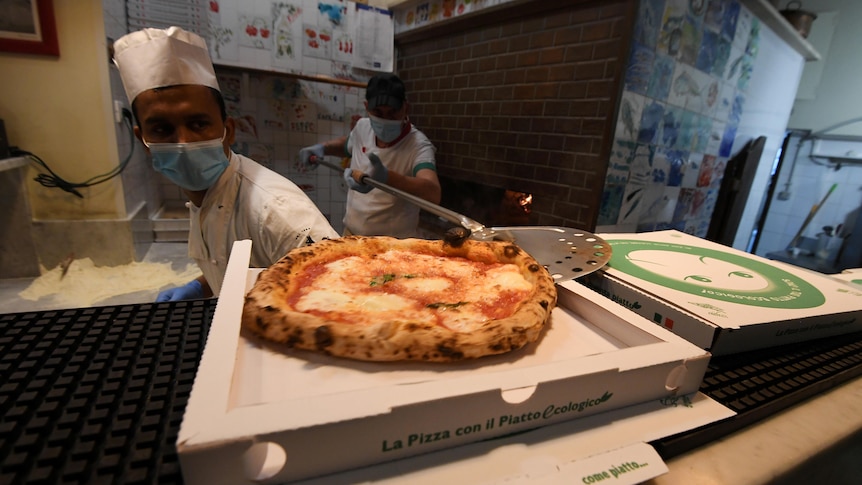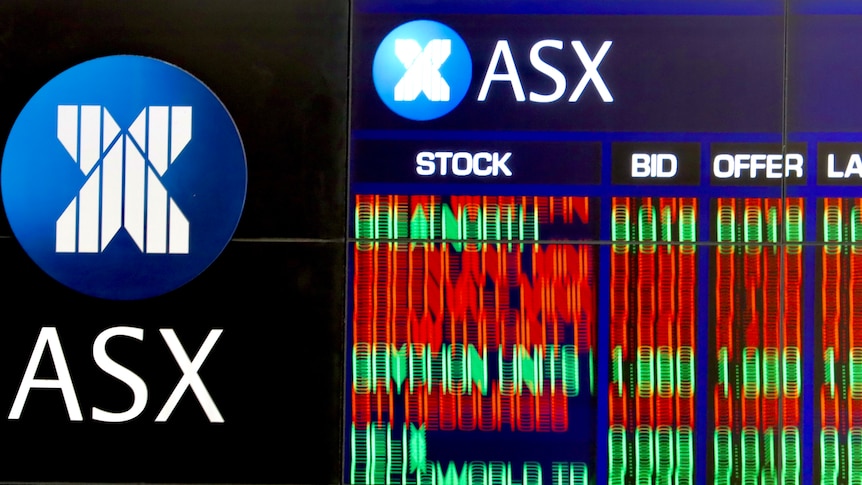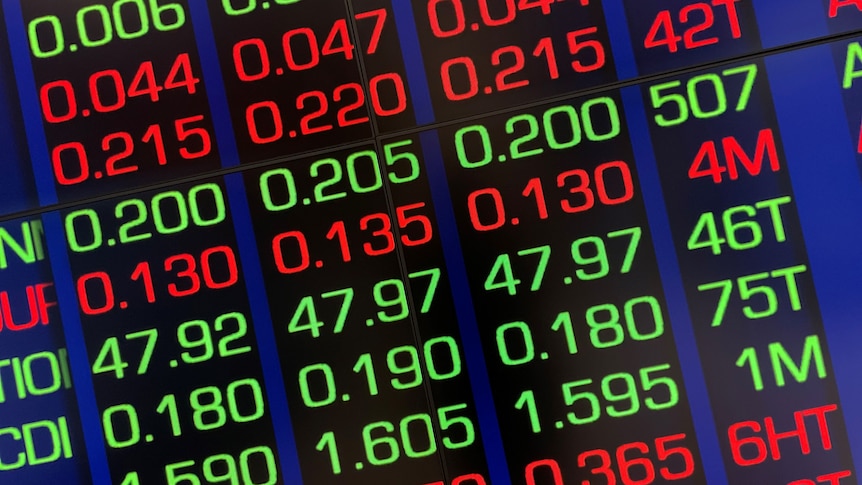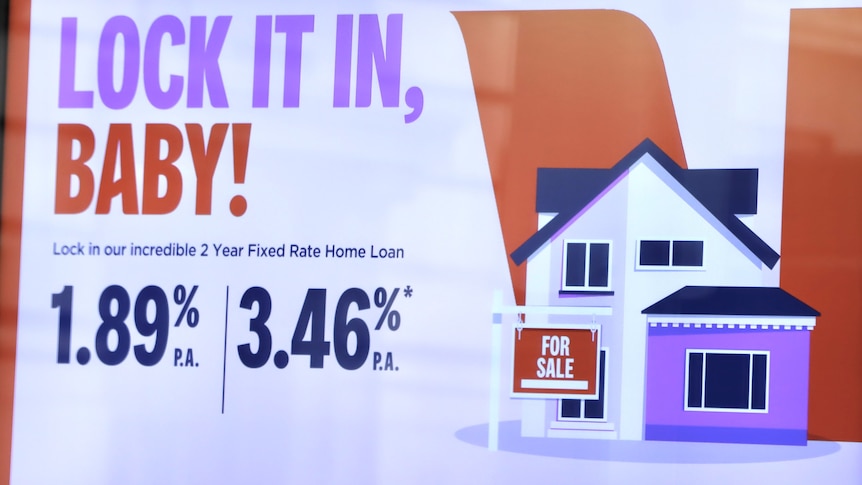Australian shares have started the day higher, tracking gains on Wall Street.
Key points:
- The ASX 200 has lost 5 per cent since the year began
- On Friday, the Dow Jones index rose 1.3 per cent, the S&P 500 gained 1.7 per cent and the Nasdaq Composite added 2.1 per cent
- Meanwhile, the pan-European STOXX 600 index rose 0.2 per cent
The ASX 200 was up 35 points, or 0.5 per cent, to 7,067, at 10:16am AEST.
At the same time, the Australian dollar was flat, at 71.17 US cents.
Shares of JB Hi-Fi rose 0.2 per cent, to $45.61, after the electronics retailer reported a 7.7 per cent jump in annual earnings, to $544.9 million, as higher store traffic driven by the easing of COVID-19 restrictions complemented continued growth in online you go out.
The company was one of the beneficiaries of the pandemic as work-from-home mandates meant higher demand for electronics.
With easing of COVID-19 restrictions, the company was able to reopen all of its stores in the latter half of the financial year, while online sales over the year registered a 52.8 per cent jump.
This helped it increase the company’s full-year dividend payout to $3.16 a share, up from $2.87 in the prior financial year.
The company noted that the cost of doing business in Australia was higher, in-line with higher inflation in the country, while reporting higher sales in Australia and its The Good Guys brand for July.
Meanwhile, automotive classified company Carsales posted $510 million of adjusted revenue, which was a 16 per cent improvement.
The business said its fully franked final dividend would be 24.5 cents per share.
Shares of Carsales jumped 3.3 per cent, to $22.36.
Wall Street indices close up
On Friday, global equity markets rose, while US Treasury yields fell, as investors tempered their expectations of the scale of the Federal Reserve’s interest rate raising cycle as falling oil prices helped cool inflation.
Market sentiment has been buoyed by US Labor Department data last week showing a slowdown in consumer and producer prices in July after a series of interest rate hikes by the Fed.
“With inflation now backing off, all the managers who stayed in cash and didn’t believe we could move off the June lows are now being forced back into the market,” said Thomas Hayes, chairman at Great Hill Capital.
The MSCI world equity index, which tracks shares in 50 countries, was up 1.1 per cent. The pan-European STOXX 600 index gained 0.2 per cent.
US Treasury yields were down as traders weighed a likely moderation of the Fed’s monetary policy stance.
Benchmark 10-year note yields dipped to 2.8 per cent, after reaching 2.9 per cent on Thursday, the highest point since July 22.
“With inflation coming down, consumer confidence is going to be coming back, and employment is still strong. You could see a situation where the market has stabilized and the economic numbers continue to slow based on the lag effect of the Fed tightening that has already happened,” Mr Hayes added.
All three main Wall Street indices ended higher, making it the fourth straight week of gains, driven by stocks in technology, healthcare, communication services, consumer discretionary and financials.
The Dow Jones Industrial Average rose 1.3 per cent, to 33,761, while the S&P 500 gained 1.7 per cent, to 4,280, and the Nasdaq Composite added 2.1 per cent, to 13,047.
Oil prices dipped around 2 per cent on expectations that supply disruptions in the US Gulf of Mexico would be short-term, while recession fears clouded the demand outlook.
Brent crude fell slightly by 09:56am AEST, trading at $US97.80 a barrel.
ABC/Reuters
.






